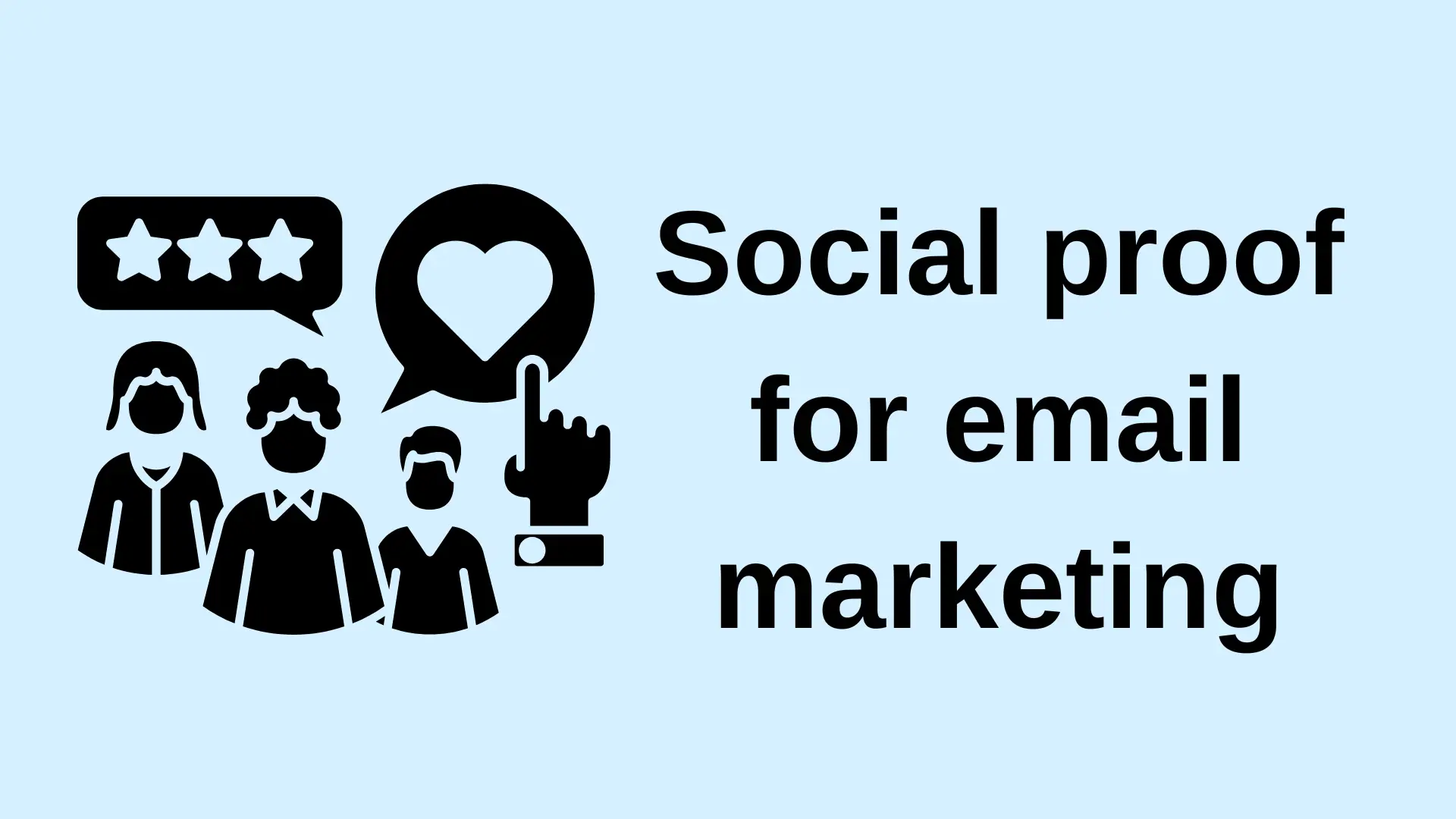
Why Social Proof is a Game-Changer for Email Marketing
Did you know that 92% of consumers trust recommendations from peers over branded content? Social proof is the secret weapon to cut through inbox noise, build credibility, and drive conversions. In this guide, we’ll break down 5 types of social proof to use in emails, complete with examples and strategies to implement them effectively.
1. Customer Testimonials: Let Your Clients Speak for You
Introduction
Testimonials from real customers help humanize your brand and provide reassurance to potential buyers. People trust authentic voices over corporate messaging.
What It Is: Direct quotes or stories from satisfied customers. Why It Works: Authentic voices resonate more than brand messaging.
Examples & Tips:
B2C Example: Bombas shares customer stories like, “These socks saved my marathon training!”
B2B Example: FreshBooks includes testimonials with names, roles, and photos for credibility.
Pro Tip: Place testimonials near CTAs (e.g., “See why 10,000+ customers love us”).
2. User Statistics: Showcase Popularity with Data
Introduction
Numbers don’t lie—showing usage stats helps establish credibility and encourage prospects to join a growing community.
What It Is: Highlighting metrics like user counts, downloads, or sales figures. Why It Works: Triggers FOMO (Fear of Missing Out).
Examples & Tips:
B2C Example: InVision writes, “Join 300,000 designers using our platform.”
B2B Example: Slack mentions, “85% of Fortune 100 companies trust us.”
Pro Tip: Use dynamic counters (e.g., “1,234 people bought this today!”).
3. Case Studies: Prove Results with Real Stories
Introduction
People relate to real success stories. Case studies demonstrate how your product solves problems and drives results.
What It Is: Detailed success stories showing how your product solved a problem. Why It Works: Builds trust through tangible outcomes.
Examples & Tips:
B2C Example: Everlane shares, “How Jane doubled her wardrobe staples with 5 items.”
B2B Example: HubSpot’s case studies include ROI metrics (e.g., “Increased leads by 200%”).
Pro Tip: Add a “Read Case Study” button linked to a landing page.
4. Expert Endorsements: Leverage Authority Figures
Introduction
When trusted experts endorse a product, it lends credibility and influences decisions.
What It Is: Quotes or partnerships with industry leaders or celebrities. Why It Works: Borrows trust from established names.
Examples & Tips:
B2C Example: Peloton collaborates with NBA stars to promote workouts.
B2B Example: Salesforce features endorsements from tech thought leaders.
Pro Tip: Pair endorsements with visuals (e.g., logos, headshots).
5. Media Mentions: Flaunt Your Press Coverage
Introduction
Being featured in reputable media outlets enhances brand credibility and trustworthiness.
What It Is: Showcasing features in reputable publications. Why It Works: Third-party validation boosts credibility.
Examples & Tips:
B2C Example: Bite lists logos like Cosmopolitan and Healthline.
B2B Example: Stripe highlights, “Featured in Forbes’ Top Fintech Tools.”
Pro Tip: Use an “As Seen In” section in your email footer.
Best Practices for Using Social Proof in Emails
Introduction
Implementing social proof effectively requires strategy. Here are key tips to make the most of it.
Keep It Fresh: Rotate testimonials and stats regularly.
Be Specific: Use names, numbers, and results (e.g., “Sarah saved 20 hours/month”).
Prioritize Placement: Add social proof near CTAs or pricing sections.
3 Mistakes to Avoid
Introduction
Misusing social proof can backfire. Avoid these common pitfalls to maintain trust and credibility.
❌ Fake Reviews: Never invent testimonials—it destroys trust. ❌ Overloading: Stick to 1-2 types of proof per email. ❌ Ignoring Context: Match the proof to the audience (e.g., case studies for B2B).
Conclusion: Start Building Trust Today
Social proof isn’t just a tactic—it’s a necessity in crowded inboxes. Begin with one type (like testimonials), test its impact, and scale from there.
